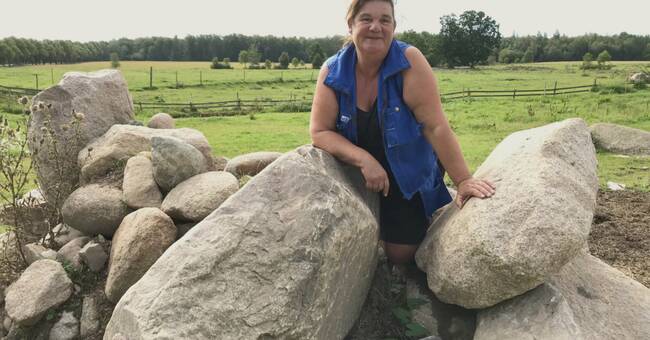Viveka Fransson is a farmer on Kronoberg's royal estate just outside Växjö. On the property there are many stone walls and cairns that are covered by the general biotope protection, and thus are protected by law. Viveka also has some temporarily placed stone mounds in its field that are covered by the same strong protection.
- We have placed the stones here because we did not know where to make them during spring and autumn use. We had thought that we might need them a little later, says Viveka Fransson.
New stone mounds protectedThat a completely new pile of stones on agricultural land has the same protection as an older stone wall and must not be moved, is something that not everyone knows.
- I do not think that many people know about this, states Viveka Fransson. We have always thought that we should not lay any new stones on old stone walls, cairns and arable islands. Instead, we have laid the stones here in a pile. Now we have to rethink. This will cause major problems.
Inventory every yearThere are many species that live in cairns and in stone walls. Both plants and animals thrive in a sunlit collection of rocks. A stone wall and a pile of stones can be a safe place for these species.
Every year, the county administrative board makes an inventory that the biotope protection is followed and that valuable stone walls and cairns are not destroyed. Karin Kanterud, is a nature conservation officer at the county administrative board in Kronoberg and she understands that problems can arise if the stones are in the way.
- You can get a dispensation to remove the stone wall if you have a special reason, she says.
Agricultural land refers to arable land, grazing land and overgrown land that can easily be restored to agricultural land.

